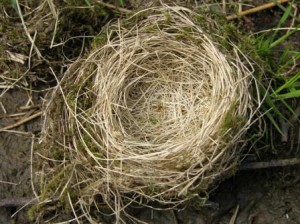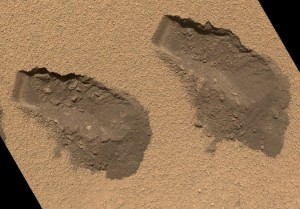A study indicates that cigarettes in bird nests may act as a pesticide and prevent infestions from parasites. As summarized by Scientific American:
First, the researchers from Mexico’s Autonomous University of Tlaxcala evaluated the parasites’ prediliction for cigarette butts. They set up heat traps to attract ectoparasites (parasites that live outside the body, such as skin or feathers) from 55 nests: in half, the trap was lined with filter fluff from smoked cigarettes, the other, filter fluff from unsmoked cigarettes. Whether the nest held eggs, chicks, or nothing, the unsmoked traps collected more parasites, suggesting that the desire to stay away from smoked cigarette filters outweighed the urge to move towards the heat in the experimental nests.
In the second experiment, the researchers collected 28 house sparrow (Passer domesticus) nests and 29 house finch (Carpodacus mexicanus) nests from Mexico City immediately after the chicks flew out for good. Disassembling the nests in the lab, they then looked for a relationship between the weight of smoked filter fluff and the number of parasites living in the nest. They found that the more butt fluff there was in the nest, the fewer parasites.
Overall, the paper presented convincing evidence that (1) parasites don’t like cigarette butts and (2) nests constructed from cigarette butts had fewer parasites.
The researchers don’t know if the reduced number of parasites has any health benefits for the birds or what it is about the cigarette butt that confers this activity. It could be the nicotine, but cigarettes have many other toxic chemicals in them as we all know. Also not mentioned is how the cigarette butts in the nest effect the birds’ health.


